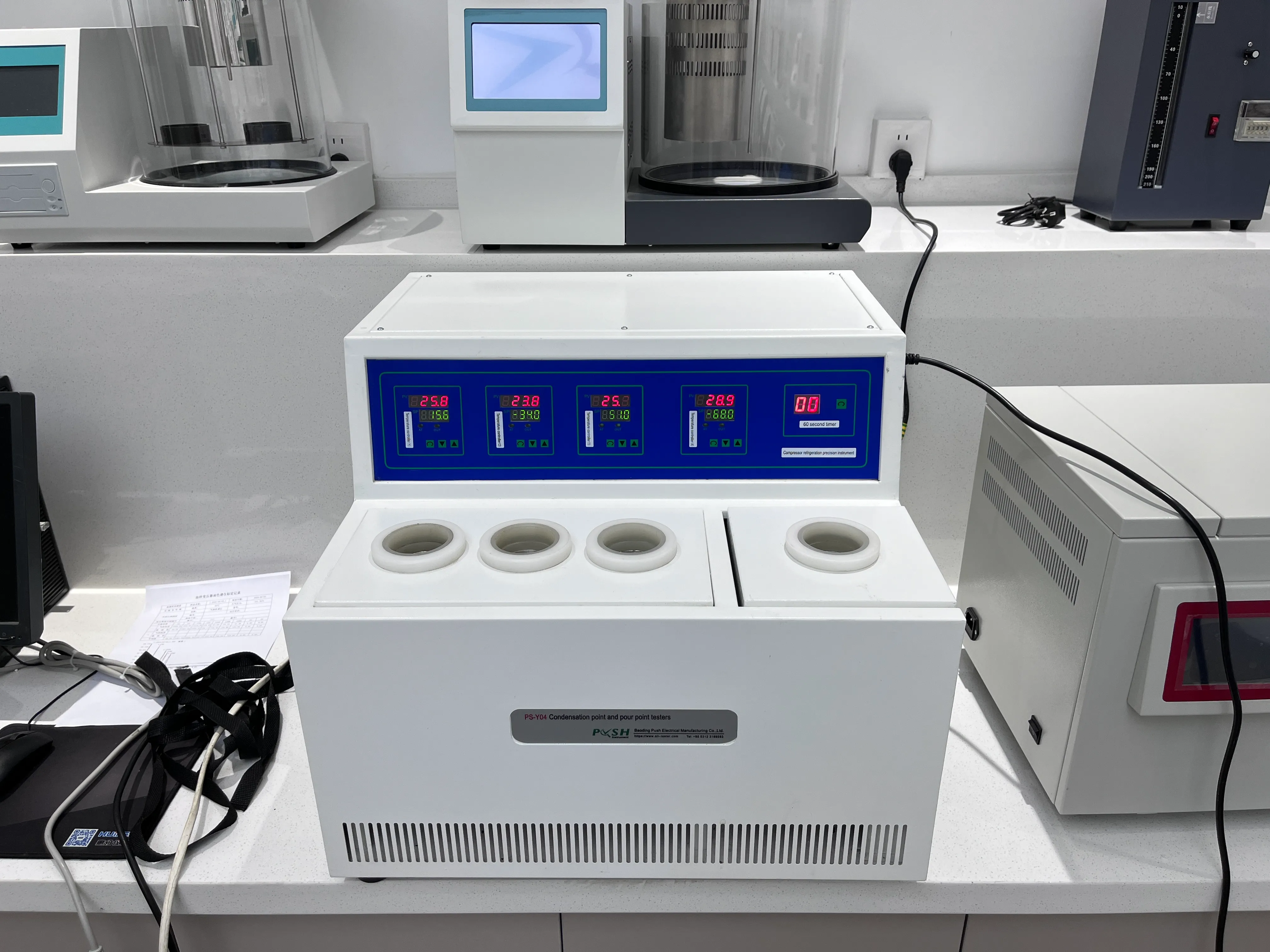 English
English


Understanding the Importance of Transformer Turns Ratio in TTR Calculations and Applications
Understanding the TTR Transformer Turns Ratio
The Transformer Turns Ratio (TTR) is a critical parameter in the design and operation of transformers, which are essential components in electrical power systems. The TTR is defined as the ratio of the number of turns in the primary winding to the number of turns in the secondary winding. This ratio plays a fundamental role in determining how voltage and current are transformed from one side of a transformer to the other.
Basics of Transformer Operation
To grasp the importance of the TTR, it's essential to understand how transformers work. A transformer operates on the principle of electromagnetic induction, where alternating current (AC) flowing through the primary winding creates a magnetic field that induces a voltage in the secondary winding. The relationship between the voltages and currents in the primary and secondary windings is fundamentally linked to the turns ratio.
The formula governing this relationship is as follows
\[ \frac{V_p}{V_s} = \frac{N_p}{N_s} \]
Where - \(V_p\) = primary voltage - \(V_s\) = secondary voltage - \(N_p\) = number of turns in the primary winding - \(N_s\) = number of turns in the secondary winding
This equation indicates that if a transformer has more turns in the primary than in the secondary, it will step down the voltage and increase the current. Conversely, if there are more turns in the secondary, it will step up the voltage and decrease the current.
ttr transformer turns ratio

Importance of TTR in Transformer Design
The TTR is not just a theoretical consideration; it has practical implications in the design and selection of transformers for various applications. For instance, in power distribution systems, transformers are used to step down high transmission voltages to lower, more usable levels. Understanding the required TTR allows engineers to design transformers that efficiently manage voltage levels while minimizing losses.
Moreover, the TTR can affect the voltage regulation and efficiency of a transformer. A transformer with an inappropriate turns ratio may lead to poor performance, with issues such as high losses and reduced lifespan. Thus, calculating the TTR correctly is essential to ensure that transformers operate within their design specifications and meet regulatory standards.
Testing the TTR
In practice, determining the TTR of a transformer is crucial for maintenance and operational reliability. This is typically done through a testing process where the primary and secondary circuits of the transformer are analyzed. The tests help identify any discrepancies in the expected turns ratio, which may signal issues such as winding damage or core saturation.
Miswiring during installation or maintenance can also lead to incorrect TTR, leading to operational failures or equipment damage. Therefore, regular assessment of the TTR is integral to transformer maintenance schedules, ensuring that systems remain safe and functional.
Conclusion
The Transformer Turns Ratio (TTR) serves as a vital parameter within the realm of electrical engineering, influencing the functional characteristics of transformers. From stepping voltage up or down to ensuring operational efficiency, the TTR’s significance cannot be overstated. Proper understanding and testing of the TTR are imperative for the design, operation, and maintenance of transformers, ensuring that electrical systems function reliably and effectively. As our reliance on electrical infrastructure continues to grow, the role of transformers and their turns ratio will remain central to the ongoing developments in power distribution and management.
-
Differences between open cup flash point tester and closed cup flash point testerNewsOct.31,2024
-
The Reliable Load Tap ChangerNewsOct.23,2024
-
The Essential Guide to Hipot TestersNewsOct.23,2024
-
The Digital Insulation TesterNewsOct.23,2024
-
The Best Earth Loop Impedance Tester for SaleNewsOct.23,2024
-
Tan Delta Tester--The Essential Tool for Electrical Insulation TestingNewsOct.23,2024





